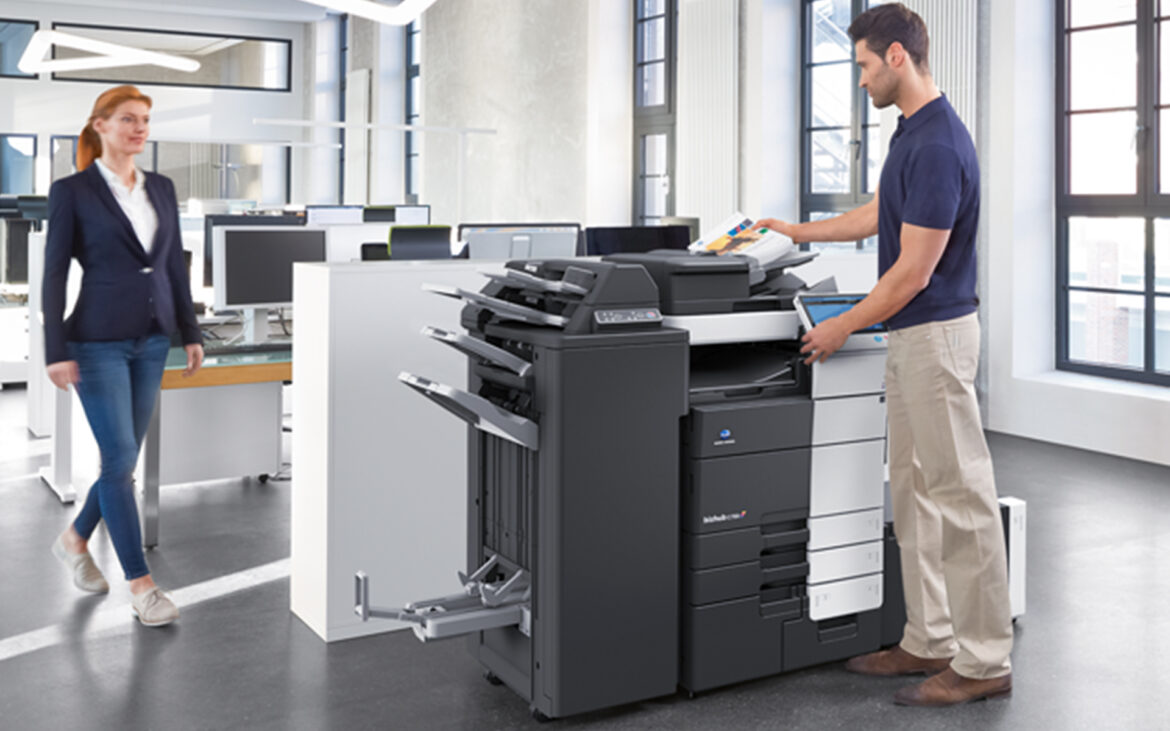How Does Printer Rental Compare To Buying?
When deciding between renting or buying a printer, several factors come into play that can influence your choice. Each option has its advantages and drawbacks, depending on your needs, budget, and usage frequency. Here’s a comparison to help you weigh the pros and cons of printer rental services versus purchasing a printer.
Cost considerations:
Renting: Renting a printer typically involves lower upfront costs compared to buying. Rental agreements usually require a monthly fee, which can include maintenance and support. This can be a cost-effective solution for businesses or individuals with short-term needs or fluctuating print volumes. Rental costs may also cover supplies, reducing unexpected expenses.
Buying: Purchasing a printer requires a significant initial investment, but it can be more economical in the long run if you use the printer extensively. While the upfront cost is higher, owning a printer eliminates ongoing rental fees. However, you must budget for maintenance, repairs, and consumables such as ink or toner, which can add to the overall expense.
Flexibility and upgrades:
Renting: Renting offers flexibility, especially for temporary projects or short-term requirements. You can choose a rental agreement that suits your needs, and easily upgrade to a different model if your requirements change. This is beneficial if you need access to the latest technology without committing to a long-term investment. Rental agreements also often include maintenance and support, reducing the hassle of repairs and technical issues.
Buying: Purchasing a printer provides long-term stability and control over your equipment. Once bought, you have full ownership and can use the printer as long as you need it. However, if technology advances or your needs change, upgrading can be costly and inconvenient. You’ll be responsible for managing and paying for repairs and maintenance out of pocket.
Maintenance and support:
Renting: Rental agreements usually include maintenance and support services, which mean that if the printer encounters issues, the rental company typically handles repairs and provides technical support. This can be a significant advantage, as it reduces downtime and ensures the printer remains in good working condition without additional costs.
Buying: When you own a printer, you’re responsible for its upkeep, including repairs and maintenance. Extended warranties or service contracts can help mitigate these costs, but they add to the overall expense. Regular maintenance is important to avoid breakdowns and ensure the printer operates efficiently over its lifespan.
